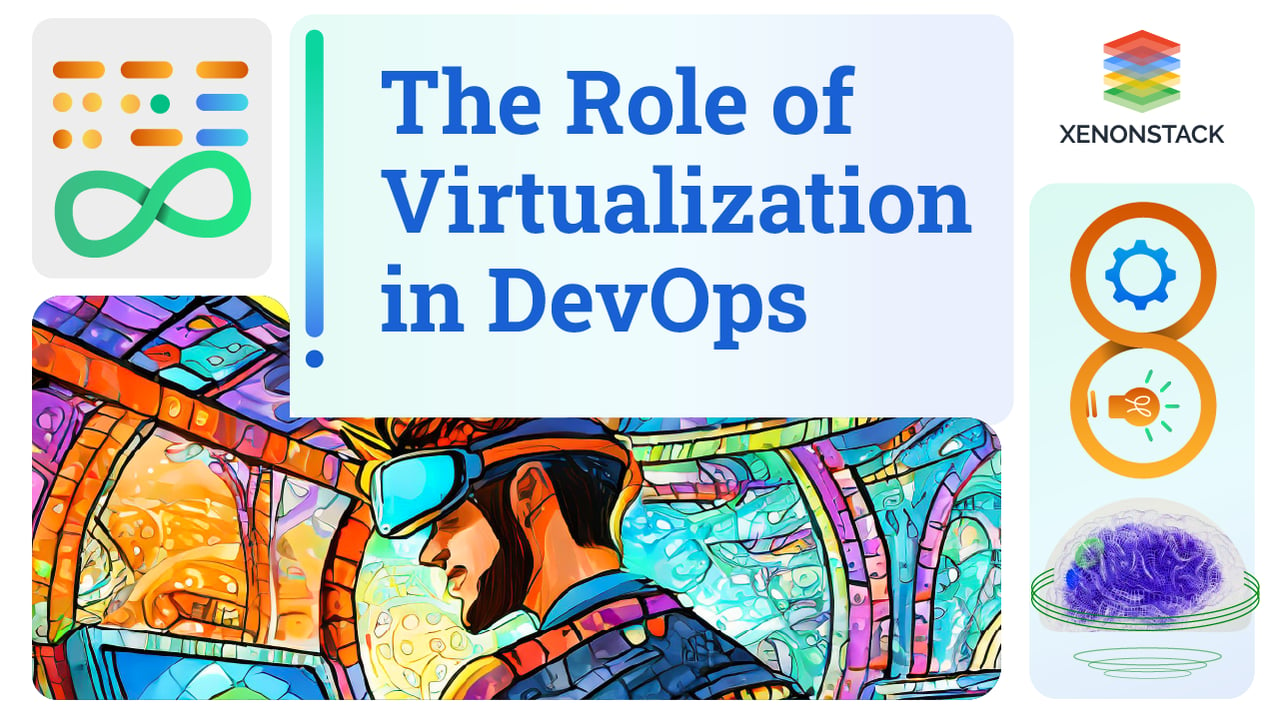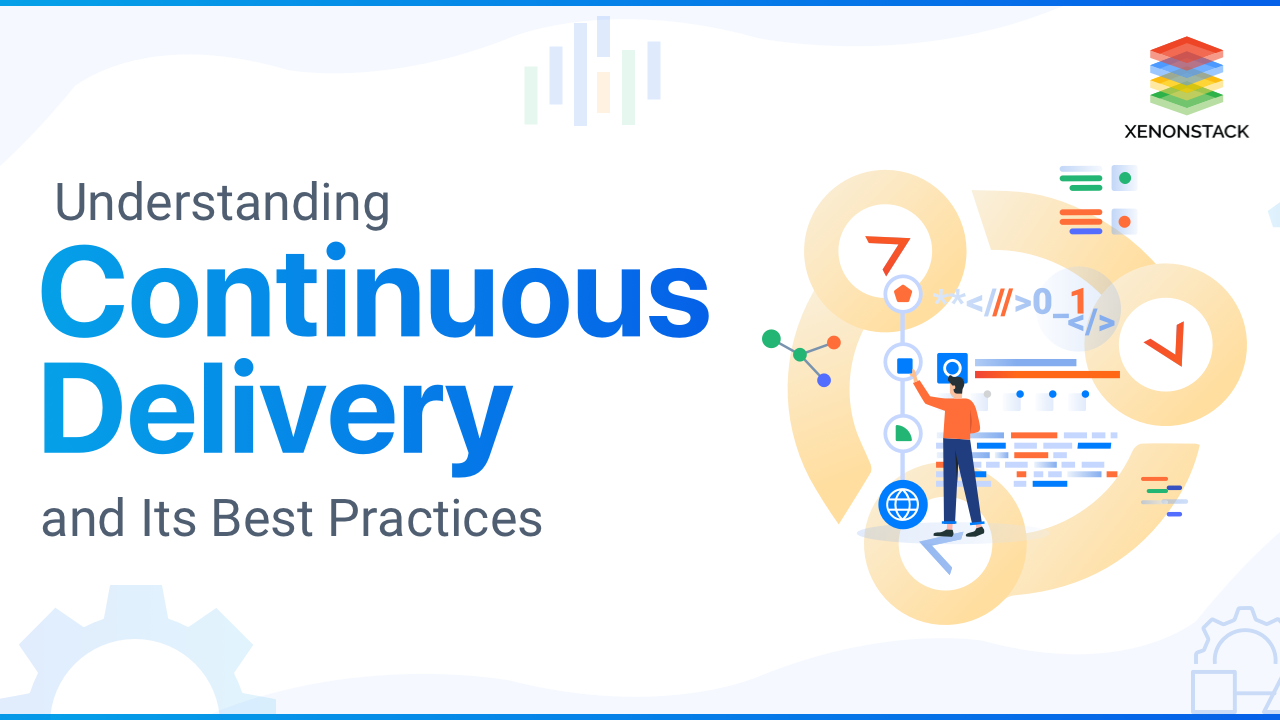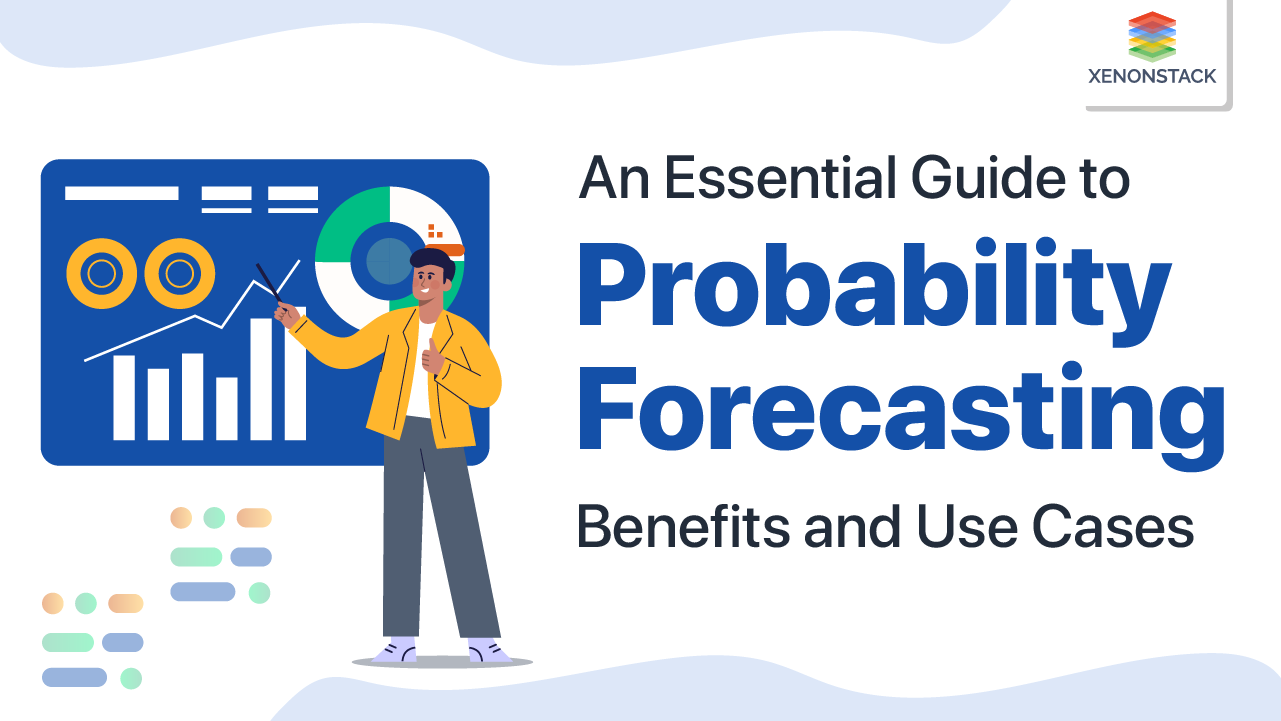
Introduction to Virtualization
The traditional software development process takes a long time to develop and deploy software. There is very less time to do testing, and manual testing becomes a long and tedious process with its issues. The quality of software could get compromised during this long process. It help with these problems. In this blog, let us start the basics.
What is DevOps?
If you don’t know about it, then here is a short description of this emerging technology that has become an essential part of the software development process.
It is a set of practices, which automate the build, test and delivery processes making the processes faster and more reliable. It automates the processes between development and IT teams.
A practices lead to high productivity, minor bugs, improved communication, enhanced quality, and timely delivery of software. Taken From Article, What is DevOps and it's Processes?
What is Virtualization?
It is the process of creating and running a virtual instance of something. In most of the cases, there is a layer of abstraction between the actual hardware and the virtual instance. That way, we can increase the capabilities of a system.
What are the various types of Virtualization?
There are different types of virtualization:
1. Hardware Virtualization
It may be considered as the most common type these days. The best example of it is a Virtual Machine. A virtual machine works and looks like a real system with the same or a different operating system.
2. Network Virtualization
It is a process in which a combination of software and hardware network resources form a single software network, which is commonly known as Virtual Network. Also, the available bandwidth is divided into several independent channels, which can be used by real devices and servers.
3. Desktop Virtualization
In the case of it, the logical or virtual desktop is separate from the physical desktop. Here, instead of accessing the desktop using the computer hardware like keyboard, mouse of the system, the desktop is located remotely from another system by using a network connection. The network can be a wired/wireless LAN or the internet. So, the user can access their files from any system without physically operating the order that contains the data.
4.Storage Virtualization
In this case, a combination of several storage disks forms a storage pool or group. These groups are virtual storage units. These can then be assigned to servers for use. Logical volumes are one of the examples of it, which represent the storage as a coherent unit rather than a physical unit.
5. Application Virtualization
In this, applications are virtualized and encapsulated. Virtual applications are not installed like traditional applications but are used as they are installed.
6. Server Virtualization
This type comes in handy when we need to run a single physical server on multiple operating systems simultaneously. With this process, the performance, capacity and efficiency of the server are increased while managing costs and complexity are reduced.
Automate tasks and define easy workflows across multiple pipelines, removing inefficiency and unnecessary human-dependent steps.Taken From Article, DevOps Assembly Lines and CI Pipelines
Role of Virtualization in DevOps
It plays a vital role in devops. It, automates various software development processes, including testing and delivery. With the help of it, the its teams can develop and test within virtual and simulated environments using similar devices and systems to the end-users. This way, the development and testing become more efficient and less time-consuming. Virtual live environments can also be provided to test the software at the deployment level. This helps in real-time testing, as the team can check the effect of every new change made to the software. By doing these tasks in virtualized environments, the amount of computing resources is reduced. This real-time testing helps in increasing the quality of the product. Working with a virtual environment reduces the time for retesting and rebuilding the software for production. Thus, it reduces the extra efforts for the devops team, while ensuring faster and reliable delivery.
Benefits of Virtualization in DevOps
There are many perks of it, are below listed:
1. Reduced Workload
The providers of it continuously update the hardware and software used for it, so there is no need to do these updates locally. The IT staff of a company can focus on other important things and save time and cost for the organization.
2. Testing Environment
With the help of it, we can set up a local testing environment. This environment can be used for various kinds of testing for software. Even if a server crashes, there won’t be any data loss. So, the reliability is increased, and the software can be tested on this virtual environment until it is ready for live deployment.
3. Energy Saving
It saves energy as instead of using local software or servers; the virtualization takes place with the help of virtual machines, which lowers the power or energy utilization. By saving this energy, the cost is reduced, and this saved money can be used for other useful operations.
4. Improving Hardware Utilization
With it, the need for physical systems decreases. Thus, maintenance costs and power utilization is reduced. The use of CPU and memory is improved.
What are the Challenges of Virtualization?
Despite having several perks, virtualization in it also have some challenges or limitations.
1. Time ConsumptionEven if the development and testing time is saved, but it still consumes much time, as its configuration and application need time.
2. Security RiskThere is a big chance of data breach with the process of it as the remote accessibility and virtualizing desktop or applications is not a very secure option.
3. Infrastructure KnowledgeTo work with it, the IT staff should have expertise in virtualization. Hence, either the existing employees can be trained, or new employees are required for an organization if they want to start working with it and devops. It involves much time and costs much money.
Conclusion
It allows the team to build, test and deploy software with virtualized environments, its team achieve more in less time. Continuous delivery/Deployment is possible by the versatility of virtualization and containerization technology that allows upgrades to be tested and distributed with improved reliability and accuracy on multiple servers.
- Read More Six Steps to DevOps Cultural Transformation
- Explore about Building Microsoft Azure DevOps Pipeline


